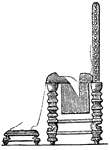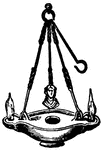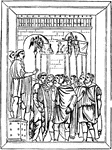
Pola Amphitheater
This is an illustration of the Amphitheater of Pola. It is 450 feet long and 360 broad. A temple and…

Pomona
The Roman divinity of the fruit of trees. She was beloved by several of the rustic divinities, as Sylvanus,…
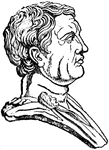
Pompey the Great
A Roman general; born in 106 B.C. He distinguished himself against the enemies of the Roman senate,…

Ramses
The founding Pharaoh of Ancient Egypt's 19th dynasty. The dates for his short reign are unclear, but…

Nicola Rienzi
A roman patriot; born about 1310. He was of obscure birth; but having received an excellent education,…

Parthenon
The Parthenon is the best-known surviving building of Ancient Greece and is regarded as one of the world's…
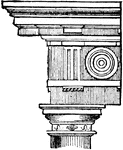
Doric Order
One of the three orders or organizational systems of Ancient Greek or classical architecture.
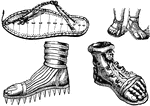
Sandals
A covering for the feet, consisting of soles so attached as to leave the upper part of the feet bare.…
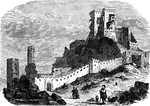
Thebes
The principal city of Baeotia, in ancient Greece, was situated in the south part of the country, onm…
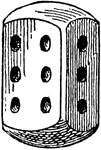
Roman Die
A small cubed marked on its faces with spots numbering from one to six, used in gaming from being thrown…
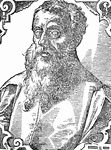
Ptolemy (Claudius Ptolemaeus)
Claudius Ptolemaeus, known as Ptolemy, was an ancient geographer, astrologer, and astronomer.

Ptolemy Holding a Document
Claudius Ptolemaeus, known as Ptolemy, was an ancient geographer, astrologer, and astronomer.
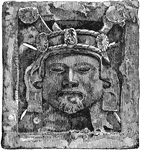
Quetzalcoatl
Stone image of the feathered-serpent deity of ancient Mesoamerica, a god of Mexican and Central America.

Nebuchadnezzar
"The most illustrious of Babylonian kings, was the son of Nabopolassar, the general of the Babylonian…

Grotesque
"A style of classical ornament, so called, in the 13th century from its having been rediscovered in…
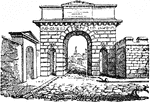
Gate at Herculaneum
The gate at Herculaneum. Herculaneum was an ancient Roman town famous for being preserved along with…

Minerva
"The name of a Roman goddess, identified by the later Graecising Romans with the Greek Athene, whom…

Roman Coin
"The so-called Republican, the earliest coinage, began at an early period of Roman history, and subsisted…

Plough
"The Romans, an essentially practical nation, largely improved on the plough, adding to it the coulter…

Roman Tent
"The Roman soldiers seem to have used two sorts of tents, one, a tent proper, of canvas or some analogous…
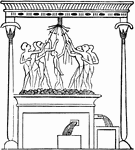
Wine-press
"An Ancient Egyptian Wine-press. The process of treading, which seems to have prevailed from the earliest…





